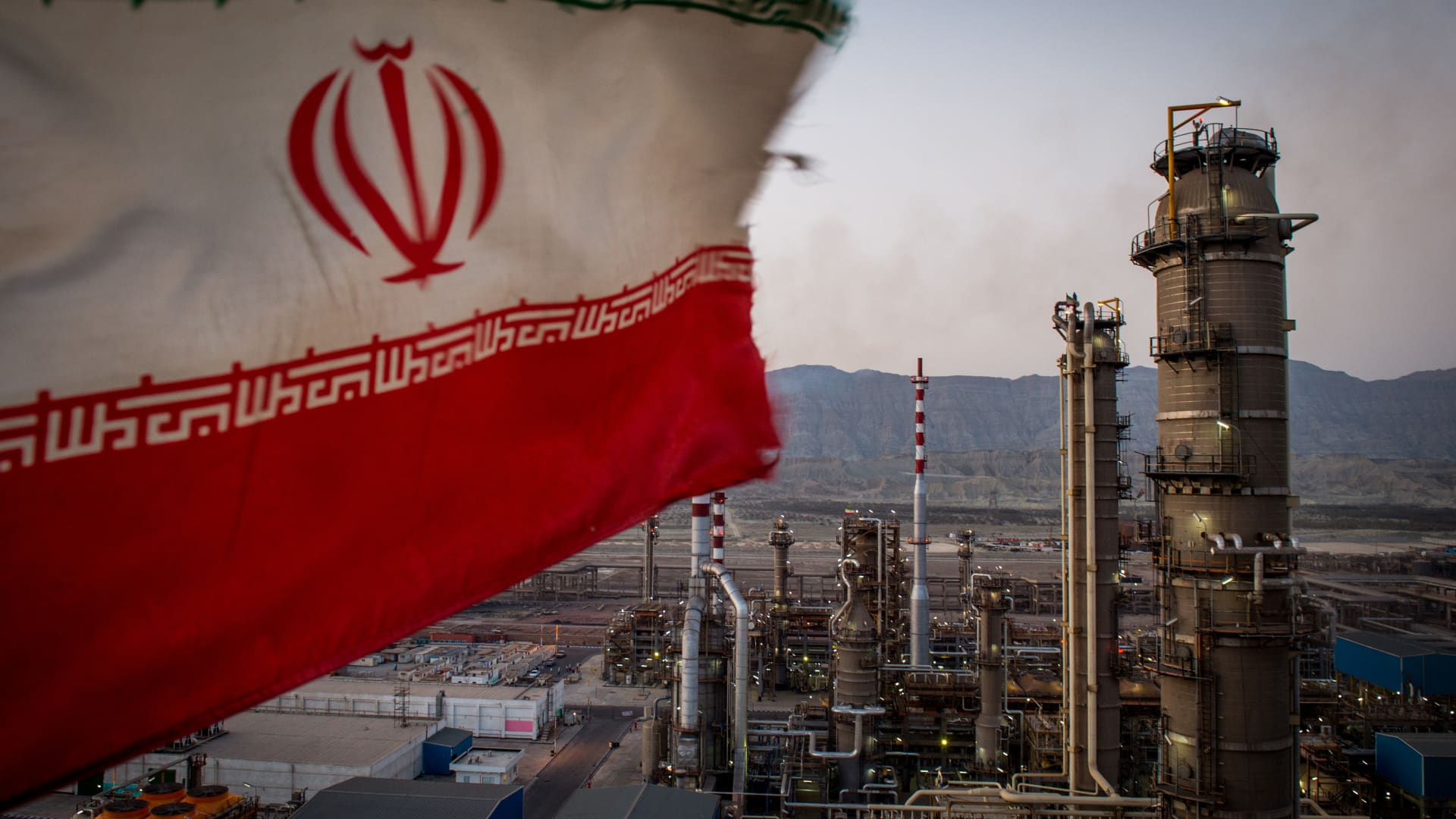The Recent Volatility of Oil Prices: Analyzing the Impact of U.S.-Iran Nuclear Negotiations and Trade Policies
Oil prices experienced significant fluctuations recently, marked by sharp declines and surges driven largely by geopolitical developments and U.S. policy announcements. The prevailing factors influencing the oil market center on the prospective U.S.-Iran nuclear deal, evolving U.S.-China trade relations, and inventory reports from the United States. This report delves into these intertwined elements, their immediate impacts on oil pricing, and broader market implications.
—
U.S.-Iran Nuclear Deal Hopes Drive Down Oil Prices
Multiple reports underscore a sharp fall in oil prices, with international benchmark Brent crude futures dropping around 3.7% to $63.65 per barrel and U.S. West Texas Intermediate (WTI) futures falling nearly 4% to $60.66 on a recent trading day. The catalyst behind this decline has been statements from U.S. President Donald Trump during his Middle East trip, where he raised optimism about a near-term nuclear agreement between the U.S. and Iran.
The anticipation of a U.S.-Iran deal suggests the potential easing or removal of sanctions on Iran, enabling increased Iranian oil exports. This adds to the global crude supply, thereby exerting downward pressure on prices. Such a scenario dampens concerns about supply shortages from one of the world’s major oil producers and exporters.
Moreover, news of a surprise build in U.S. crude inventories amplified oversupply fears. The United States, as the largest oil consumer and producer, reveals a significant influence on global energy markets. Unexpected inventory increases signal weaker demand or excess production, both bearish factors for prices.
—
Trade Policies and Tariff Announcements Create Mixed Signals
In juxtaposition to the oil price falls connected to U.S.-Iran developments, preceding days witnessed substantial oil price surges fueled by trade-related news. For example, following President Trump’s announcement of pausing tariffs on many countries—while increasing levies on China—oil jumped over 4%, rebounding from session lows. This reaction indicates how trade policies can rapidly shift market sentiment, influencing crude oil demand forecasts.
The broader U.S.-China trade war presents a complex backdrop. While tariff impositions threaten global economic growth and energy demand, the pause on certain tariffs offers temporary relief and optimism. However, the ongoing uncertainty keeps oil markets fluctuating, reflecting trader apprehensions regarding future demand trajectories.
—
The Role of Geopolitical Tensions and Market Sentiment
The oil market remains highly sensitive to geopolitical developments beyond the U.S.-Iran talks. Earlier, President Trump’s withdrawal from the 2015 Iran nuclear deal led to price spikes as sanctions tightened, restricting Iranian crude supplies. Now, indications of a revived agreement reverse that dynamic, triggering price declines.
Conflicting reports also highlight statements from Iranian officials willing to pursue a deal if sanctions lift, and supportive stances from regional powers like Saudi Arabia. Such diplomatic convergence adds credibility to the prospects of increased supply, reinforcing bearish price pressures.
Meanwhile, Trump’s administration continuation of “maximum pressure” campaigns and threats of secondary sanctions add layers of uncertainty, preventing a clear market consensus on long-term supply conditions.
—
Inventory Data and Supply-Demand Fundamentals
Alongside geopolitical influences, fundamental data like U.S. crude stock reports provide essential context. Unexpected builds in inventories on a recent Thursday contributed to the negative price movement. Elevated stockpiles often indicate supply exceeding demand, which, when coupled with potential Iranian crude re-entry into markets, intensifies oversupply expectations.
Such fundamentals underscore persistent concerns about global demand softness, partially driven by economic worries—such as signs of slowing growth in major economies like the U.S. and Germany—as well as ongoing trade tensions.
—
Market Reactions Reflect Complex Interplay of Factors
Oil price movements in recent weeks illustrate the intricate balance of forces shaping the energy market:
– Price Declines: Prompted by hopes of a U.S.-Iran nuclear deal leading to sanctions relief and increased Iranian exports, alongside surprising inventory builds signaling excess supply.
– Price Rises: Triggered by tariff announcements that pause levies on most countries (except China), uplifting optimism for sustained global demand.
– Volatility: Exacerbated by persistent geopolitical uncertainties, changing U.S. policy stances, and mixed economic signals worldwide.
—
Conclusion: Navigating a Turbulent Oil Market Landscape
The recent 3–4% falls in oil prices reflect the market’s sensitivity to evolving U.S.-Iran nuclear negotiations, signaling a possible expansion in oil supply that undercuts prices. This development is compounded by inventory surges and ongoing trade war dynamics producing contradictory market pressures. While hopes for a revived nuclear deal raise prospects for reduced geopolitical risk and greater Iranian crude availability, continuing tariff tensions and economic worries maintain an undercurrent of uncertainty.
Moving forward, oil markets will likely remain in flux as traders balance the implications of diplomatic breakthroughs against persistent trade disputes and fundamental supply-demand signals. For stakeholders, understanding these interconnected drivers is key to anticipating future price directions and managing risk within this highly responsive global energy market.


